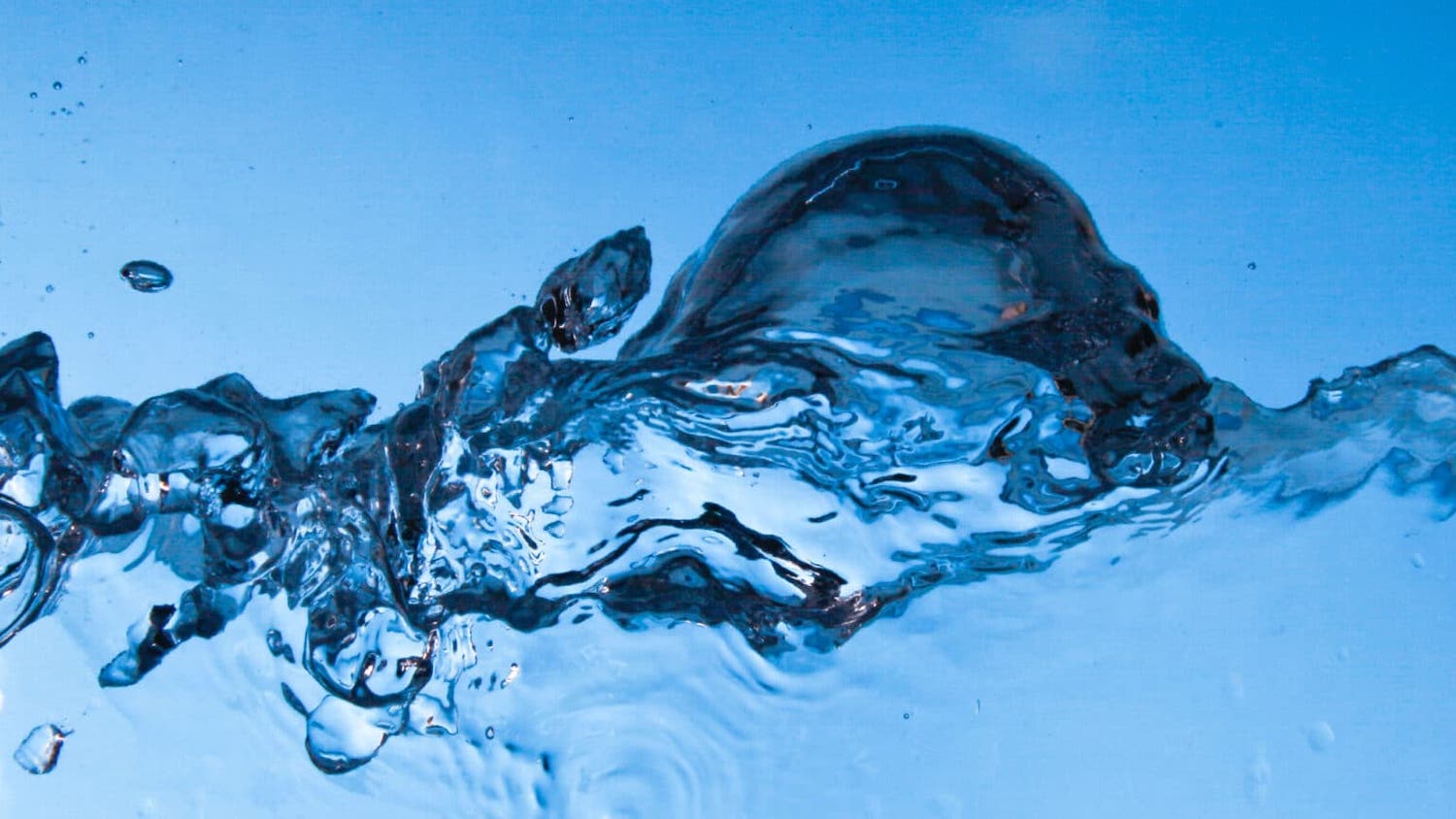New Research Could Lead to More Sustainable, Efficient Design of Cellulose-based Products

Water isn’t just a universal solvent that remains unaffected by its interactions. New publications from North Carolina State University show that water can change its solubility characteristics depending upon what it interacts with. Specifically, when water interacts with cellulose, it can stack in layered shells to control chemical reactions within, and physical properties of, the material. The work has implications for more sustainable and efficient design of cellulose-based products.
“Cellulose is the world’s most abundant biopolymer, and it’s used in applications that range from bandages to electronics,” says Lucian Lucia, professor of forest biomaterials and chemistry at NC State and corresponding author of a new study in Matter. “But cellulose processing has been mostly done by trial and error, and some of it utilizes incredibly harsh chemicals. To find better ways to process cellulose, we need to understand its most fundamental interactions – for example, with water.”
To do so, he worked with colleague Jim Martin, professor of chemistry at NC State, who studies the fundamental properties of water as a solvent.
“Water has the uncanny ability to change characteristics depending on what it’s with, which gives it wide range of solubility characteristics,” Martin says. Martin is the author of an opinion piece in Matter that is a companion to Lucia’s study.
“We change the nature of water by what we dissolve in it, and by the concentrations of those solutes in water,” Martin says. “Think of the continuum between Kool-Aid and hard candy. You start with sugar. In Kool-Aid the sugar is completely dissolved. As you remove the water, you get taffy, then hard candy, then back to crystalline sugar.”
“We know that water is critical to how cellulose is laid down,” Lucia says. “So in this study we probed how it orients itself and plays a reactive role in mitigating or leveraging chemistry.”
The researchers physically manipulated different types of wood fibers and looked at how water bound to itself and other molecules within the resulting structures. They saw that at lower water contents, the water distribution and resulting molecular interactions between the water and the fibers create bridging structures within the material that cause it to lose flexibility.
In fact, they saw that the water can “hide” itself within the cellulose network, forming strong hydrogen bonds. This bonding in turn dictates the tightness or looseness of the bridging structures.
“The water forms shells around the fibers that can stack, like a nesting Russian doll,” Martin says. “The fewer shells, or layers, the harder the fibers. But when you add more layers, the connection between fibers grows farther away and the material becomes softer.”
The researchers hope to explore the variety of bonds water forms within these structures in future work.
“Studying these interactions at the molecular level paves the way toward manipulating water in cellulose to design better products and processes,” Lucian says. “Understanding what is happening from fundamental principles lets us design approaches that take advantage of water’s properties for everything from drug delivery to designing electronics.”
The research paper, “Computational and experimental insights into the molecular architecture of water-cellulose networks,” and the editorial piece, “Water under the influence of solutes: on the non-innocence of a universal solvent,” both appear in the May 3 edition of Matter. The work was supported in part by the National Science Foundation. Former NC State Ph.D. student Kandoker Samaher Salem is first author of the research paper. Co-authors include former NC State Ph.D. student Nelson Barrios, and current NC State faculty Hasan Jameel and Lokendra Pal.
This story was originally published by NC State News.
- Categories:


